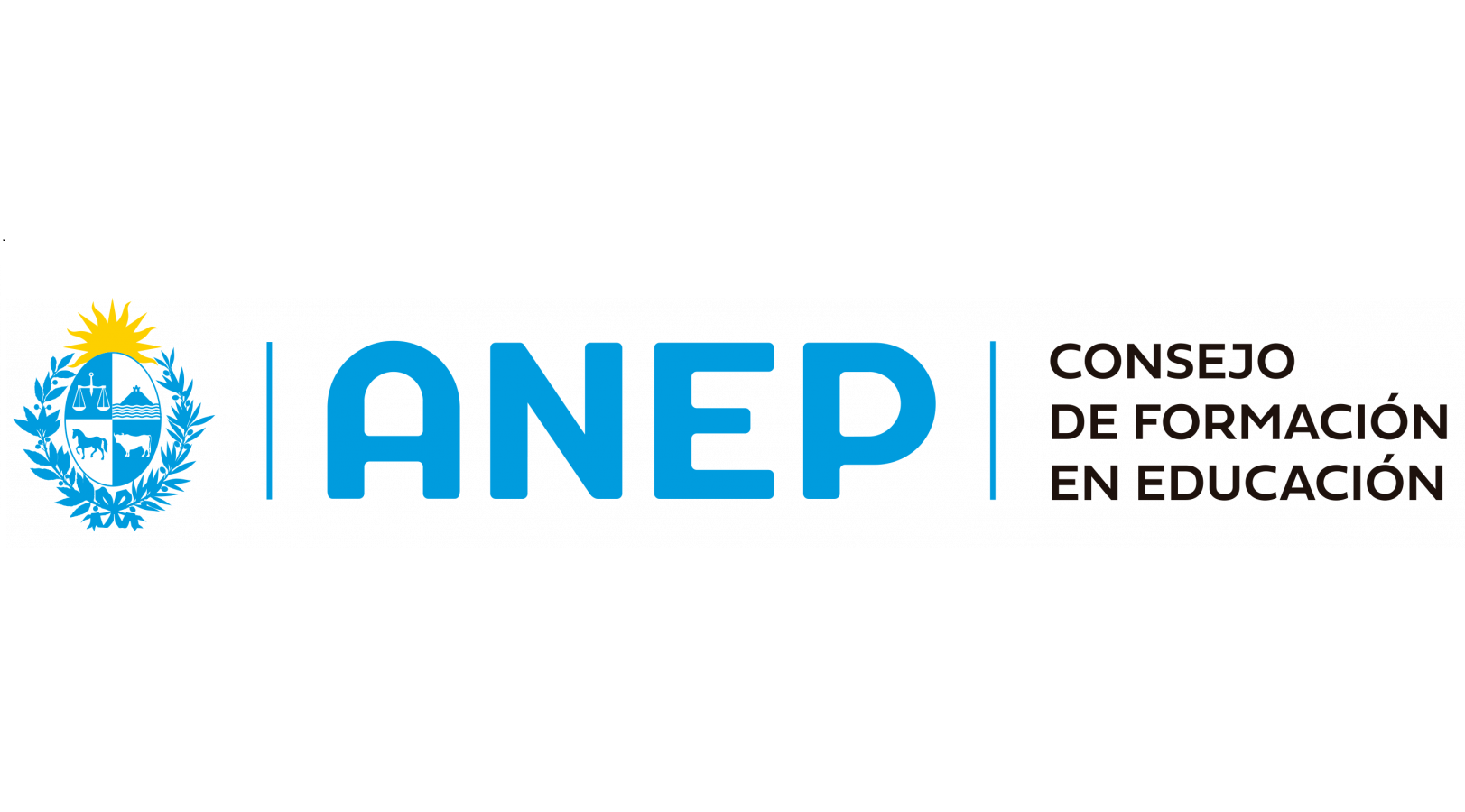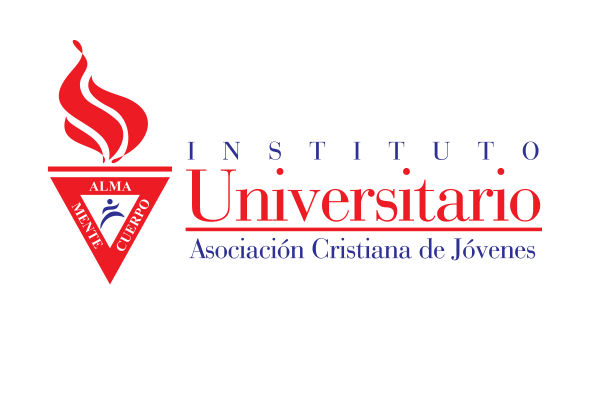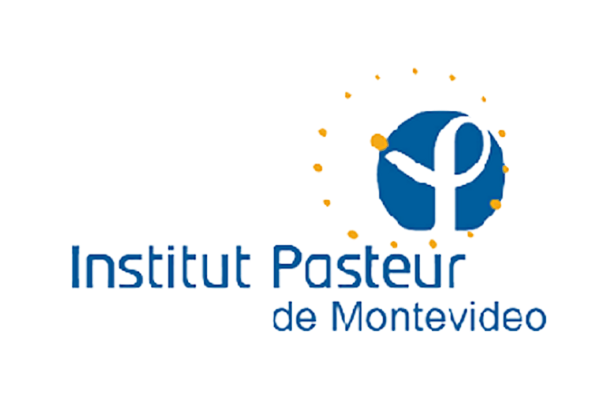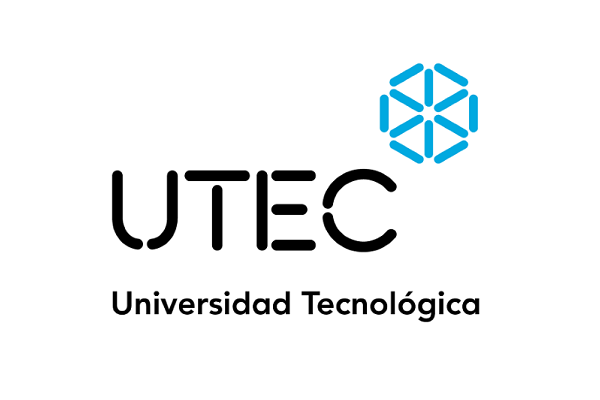Ground-based obser v ability of Dimor phos DART impact ejecta: photometric predictions
Resumen:
The Double Asteroid Redirection Test (DART) is a NASA mission intended to crash a projectile on Dimorphos, the secondary component of the binary (65803) Didymos system, to study its orbit deflection. As a consequence of the impact, a dust cloud will be be ejected from the body, potentially forming a transient coma- or comet-like tail on the hours or days following the impact, which might be observed using ground-based instrumentation. Based on the mass and speed of the impactor, and using known scaling laws, the total mass ejected can be roughly estimated. Then, with the aim to provide approximate expected brightness levels of the coma and tail extent and morphology, we have propagated the orbits of the particles ejected by integrating their equation of motion, and have used a Monte Carlo approach to study the evolution of the coma and tail brightness. For typical power-law particle size distribution of index –3.5, with radii r rmin = 1 μm and r max = 1 cm, and ejection speeds near 10 times the escape velocity of Dimorphos, we predict an increase of brightness of ∼3 magnitudes right after the impact, and a decay to pre-impact levels some 10 d after. That would be the case if the pre v ailing ejection mechanism comes from the impact-induced seismic wave. Ho we ver, if most of the ejecta is released at speeds of the order of 100 m s −1 , the observability of the event would reduce to a very short time span, of the order of 1 d or shorter.
| 2022 | |
| ANII: FCE_1_2019_1_156451 | |
|
methods numerical –asteroids general |
|
| Inglés | |
| Universidad de la República | |
| COLIBRI | |
| https://hdl.handle.net/20.500.12008/35254 | |
| Acceso abierto | |
| Licencia Creative Commons Atribución (CC - By 4.0) |












